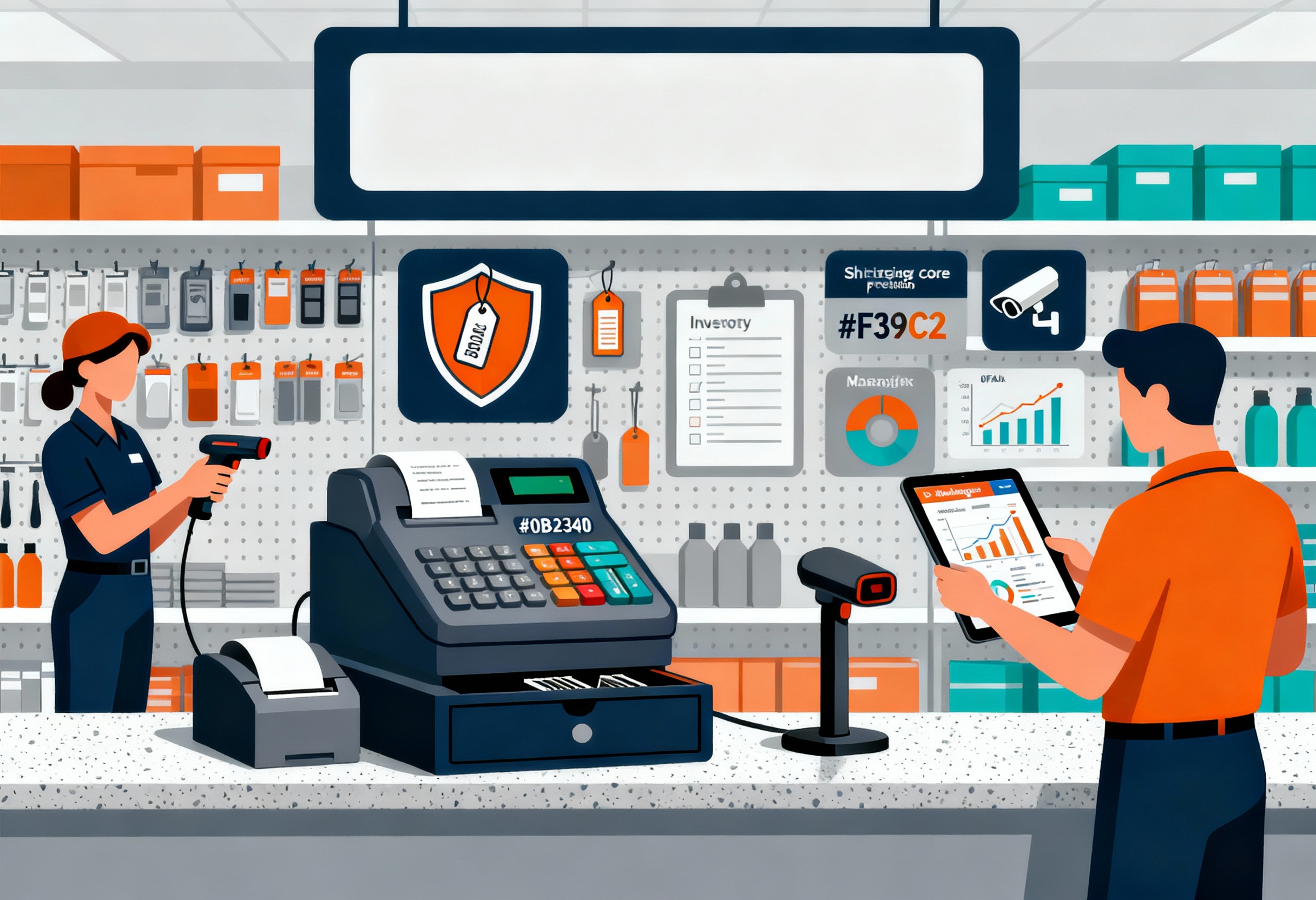What Is Inventory Cost?
Inventory cost refers to the total expense of acquiring, storing, and managing goods before they’re sold.
It is a much broader concept than just the purchase price of an item. Inventory cost includes every financial outlay required to bring products into a store or warehouse and keep them ready for sale. By accurately tracking all of these components, a business can determine the true financial value of its stock and the real cost of its operations.
What’s Included in Inventory Cost?
Inventory costs can be broken down into several key components:
Purchase Cost: This is the most direct cost, covering the price of goods from suppliers. It also includes associated expenses like shipping and freight, taxes, tariffs, and any handling fees required to get the products to your location.
Storage Cost: Often called carrying or holding costs, these expenses relate to physically storing inventory. They include rent or a mortgage on warehouse space, utilities, insurance, security, and the depreciation of storage equipment (like shelving or forklifts).
Holding Cost: This category accounts for the financial risks and opportunity costs tied to holding unsold stock. This includes the potential for products to become obsolete or spoil, the cost of capital tied up in inventory that could be used elsewhere, and the risk of loss due to damage or theft (shrinkage).
Administrative Cost: These are the operational expenses of managing inventory. They include labor costs for receiving, stocking, and counting inventory, the cost of inventory management software, and expenses related to processing purchase orders and other paperwork.
Stockout Cost: This is an important, though often hidden, cost. It represents the financial loss incurred when a business runs out of stock. This includes lost sales, lost customer loyalty, and potential costs from having to expedite a new order to replenish stock quickly.
How Inventory Cost Is Tracked in Retail Systems
Modern retail systems, including Point of Sale (POS), Enterprise Resource Planning (ERP), and dedicated inventory management platforms, are built to track and manage these costs. They provide a clear financial picture by calculating:
- Cost of Goods Sold (COGS): This is the direct cost attributed to the items a business sells during a specific period. This figure is a critical component of a company’s financial statements.
- Unit Cost: Systems use various accounting methods to determine the cost per unit. Common methods include FIFO (First-In, First-Out), LIFO (Last-In, First-Out), and the Weighted Average Cost. Each method affects how inventory is valued and how profits are calculated.
- Inventory Valuation: This provides a real-time assessment of what your current stock is worth on paper, helping you understand the total value of your assets at any given moment.
Why Inventory Cost Management is Important
Managing inventory cost is a direct lever for improving profitability and business control.
- Profitability: Knowing the true, total cost of an item helps businesses set prices that protect and maximize their profit margins, rather than relying on guesswork.
- Cash Flow: Excess inventory ties up significant capital that could be used to fund other critical areas of the business, such as marketing, new hires, or facility upgrades. Effective cost management frees up this valuable cash.
- Forecasting: By analyzing cost trends, businesses can better predict future expenses, optimize reorder points, and adjust purchasing strategies. This leads to more efficient use of capital and better operational planning.
- Compliance and Auditing: Accurate cost data is fundamental for proper tax filings and financial audits. Well-maintained records demonstrate due diligence and financial responsibility.
Ultimately, a strong understanding of inventory costs gives a business the clarity and confidence to make strategic decisions that boost its financial health and long-term success.
Tracking Inventory Cost with ConnectPOS
Understanding inventory cost is key to keeping margins healthy and making smarter buying decisions. ConnectPOS tracks the cost of each item in your catalog, giving you real-time visibility into how much you’re spending and how that affects overall profit.
You can input and update cost prices directly in the system, whether it’s a single product or bulk update. As stock moves in or out, ConnectPOS automatically reflects changes in inventory value, so you always have a clear view of cost versus retail price.
This data feeds into reports that highlight profit margins, stock performance, and purchasing trends. Whether you’re identifying items with shrinking margins or planning restocks based on cost efficiency, the numbers are already there—clean and ready to use.
With ConnectPOS, tracking inventory cost isn’t a separate task—it’s built into how you manage products, plan pricing, and stay profitable.
« Back to Glossary Index

